Aarakocra
Aarakocra are a species of monstrous, avian sentients that live in scattered communities across Holos and the Plane of Air. They are closely related to the flightless kenku, but are hexapodal, boasting a pair of forelimbs, hindlimbs, and feathered wings which allow for aerial movement. Once proud members of ancient Temekanian society, aarakocra are now found only in small pockets of the Material Plane, rarely interacting with members of other mortal races. Because of this isolated existence, each aarakocra community has a distinct appearance, with resemblances to such diverse avians as parrots, owls, eagles, falcons, cranes, vultures, secretary birds, hummingbirds, macaws, kakapo, parakeets, toucans, sparrows, finches, gulls, and even peafowl.
Basic Information
Anatomy
Aarakocra are unique among sentient races, even among the monstrous races, for they possess not a tetrapedal body-plan, but a hexapedal one. They have two sets of fairly standardized limbs, with one ending in grasping raptorial talons and one pair ending in padded, walking talons. These talons are usually bare and covered in scaly skin with their arms and legs sprouting a layer of feathers. Their bodies are similarly covered in a fine layer of feathers with the feathers growing longer and more suited for flight near the upper back of the creature. Here, another set of limbs sprouts from the back—in some subspecies, the limbs are small and fold neatly against the ribcage and are effectively useless. However, the more iconic subspecies of aarakocra have limbs that unfold into great feathered wings over twice their body length. These wings allow the aarakocra to achieve something that few other intelligent creatures can—true, powered flight. Their heads complete the avian appearance with large, forward facing eyes, a feathered scalp and cheeks, and a large beak or bill around their nostrils and mouth.
Genetics and Reproduction
Aarakocra often have exceptionally complex mating traditions compared to other mortal races. This appears to be cross-cultural for aarakocra, with young males competing for access to females through frequent displays of virility. These ritual actions can take the forms of dances, songs, great feats of bravery or fastidious action. However, this extravagant action pays off with aarakocra pairs mating for life. It is also not uncommon for same-sex aarakocra to engage in similar activity.
Upon mating, female aarakocra lay clutches of between one and three eggs. They eggs are incubated by the mother or father, depending on the tribe, for a period of about five months. They eggs vary in color between tribes though they all are around six inches in diameter. If endangered, aarakocra will fiercely defend their nests and eggs, even fleeing with them should the danger grow too severe.
Growth Rate & Stages
After five months incubating in their egg, baby aarakocra hatch covered in soft, downy birth feathers. It will be another year before they are able to fly and during this state, one aarakocra parent continue to stay and watch the nest, with the other parent going out to provide for the newly hatched infant. After one year, the young aarakocra have grown their adolescent plumage and are able to fly with the rest of their tribe. Aarakocra mature quickly, achieving sexual maturity after just three years. Aarakocra are unique among mortal races for the variety of lifespans found between subspecies. For example, while the kakapo aarakocra can reach over a century, others such as the huītzilin aarakocra typically won't live to a quarter of that age.
Ecology and Habitats
Most aarakocra today reside not in the Material Plane but in the Plane of Air. In this strange habitat, the aarakocra can go for days without touching solid ground, locking their wings and riding the thermals across the Great Sky. In this environment, they land only lay their eggs and feed their young before launching themselves back into the air.
Those that live on the Material Plane find it a strange place. They sometimes forget or ignore vertical distances. In these circumstances, aarakocra prefer to make their homes in remote natural locations of great elevations, such a mighty mountain peaks, sturdy trees, perilous cliffside nests. Those aarakocra whose wings have grown vestigial still prefer to live in these tall places, and thanks to their hollow bones, all aarakocra can perch in places that would collapse under the weight of most mortals.
Dietary Needs and Habits
Most aarakocra are omnivorous, with some groups surviving on largely meat or largely plant materials. Few aarakocra are agriculturalists, as most find the concept of a sedentary lifestyle tedious and pitiful. As a result, most aarakocra tribes split their groups into hunters and gatherers looking for prey or foraging for nuts and wild fruits. Aarakocra cuisine is often a combination of roasted or seared foods, with time consuming recipes being considered wasteful.
Biological Cycle
All aarakocra molt their feathers at various times of the year. Among some subspecies, this coincides with changes in the seasons, giving them warmer, thicker plumage during the colder months, and thinner, light-weight plumage during the warmer ones. However, in more tropical regions, aarakocra molt depending not on the season but just before the breeding months. During this time, most aarakocra are known to be finicky and easily irritated, as the process is uncomfortable and time consuming.
Additional Information
Social Structure
Aarakocra live in small tribes number between 10-30 individuals. Most of the structures they build are communal, with sharing being the norm among members of a tribe. Aarakocra tribes are led by the eldest and wisest of their group, whom is usually assisted by a shaman or druid. Each aarakocra tribe typically controls a hunting or foraging area of around one hundred square miles. When two aarakocra tribes encounter one another, the result is usually some kind of diplomacy. As aarakocra loath sedentism, most aarakocra tribes are semi-nomadic and few tribes are exceptionally protective of their homeland. This does not apply to areas sacred to their creator Myurdin or portals to the Plane of Air, which they consider to be the holiest place in the multiverse. Aarakocra often act as wardens in these places, protecting them from outsiders and venerating them as one would a temple or natural wonder.
Facial characteristics
Like their avian relatives, aarakocra do not have mouths with teeth but beaks or bills. The shape and size of an aarakocra's bill often can tell someone what the tribe's primary source of food is, with sharp beaks being found in hunting tribes and large nut-cracking bills found among tropical foraging communities. Aarakocra eyes are large and forward facing, and come in a variety of colors from solid black to bright red, orange, blue or yellow.
Geographic Origin and Distribution
Average Intelligence
Aarakocra are intelligent sentients, quick thinkers and fast learners. However, their short lifespans often prevent them from perfecting crafts to the degree of other mortals. Though they do not live in complex state-based societies, this is likely a choice made by various aarakocra tribes according to their oral history as opposed to evidence for a lack of intelligence. Many aarakocra tribes tell of the dangers and evils of living in a "civilized" society or even a dense concentration of mortals, such as those found in cities. This likely derives from the shared cultural history and mythology of the aarakocra, which tells of how they once lived among other mortals in the Great House of Temekan before some of their kind fell to greed just before the Reckoning of Temekan. Those individuals who were not cursed by their creator, Myurdin, remained true aarakocra and so they are understandably wary of making the same mistakes as their kenku cousins.
Perception and Sensory Capabilities
Being aerial creatures, aarakocra have exceptional vision allowing them to see from a great distance while still in the air. However, most aarakocra morphs are diurnal and so they lack the ability to see in the dark very well. Those that can often bear appearances closer to owls or other nocturnal birds.
Civilization and Culture
History
The history of the aarakocra begins with Myurdin, the goddess of magic and prophecy. Either created whole-cloth or simply favored by the Sable Witch, the aarakocra first appear during the Mithril Era, when they lived in harmony with the other elder races of mortals in the Great House of Temekan. In time, some aarakocra grew spoiled by their divine gifts of flight and sought greater arcane power.
These aarakocra quickly allied themselves with a young Temekanian nobleman whom had recently discovered on of their mistress's abandoned arcane laboratories. They assisted the Temekanian in deciphering the Sable Witch's work, granting him power beyond the imagination of mortals. The Temekanian used this magic and overthrew the royal family of Old Temekan and became known as the Godking Pharaoh, Ozha-Ban. Those aarakocra that had assisted him continued to serve the demigod and renounced Myurdin as their patron.
Other aarakocra whom had not allied with Ozha-Ban grew terrified and prayed to Myurdin to deliver them from the tyranny of this new group of aarakocra. The goddess peered into the future and saw a great calamity. She warned the faithful of her flock to flee and they scattered.
One of their number, an aarakocra named Aaqa, led a large group of his people out of the old city only to have Ozha-Ban's ravenous cultists follow them. In a desperate attempt to get his people to safety, Aaqa prayed once more to the gods that they might be delivered to a place where Ozha-Ban's minions could not follow them.
It was not Myurdin who saved them, but Ara'tio, the Titan of Air. The Primordial sent forth a great pillar of roaring wind and the aarakocra flew into it, while the mounted men of Ozha-Ban were tossed asunder. The pillar brought the aarakocra to the Plane of Air.
In thanks giving to Ara'tio, the aarakocra came to revere him as their protector alongside Myurdin. The birdfolk went on to prosper and thus avoided the tragedy of the Reckoning of Temekan. When some of their number returned to form colonies in the Material Plane, they came upon those aarakocra that had remained with Ozha-Ban until the demigod exiled them to the far reaches of his empire. These people could no longer fly, and their ability to invent and speak for themselves had been taken from them. These were the kenku, and they served as a stark reminder to all aarakocra of the dangers of the so-called "civilized" world.
Historical Figures
The most revered aarakocra in aarakocra mythology is the Wind Duke Aaqa. Aaqa was originally a Temekanian nobleman living in Old Temekan just before the Reckoning. He is known for witnessing the brutality of his fallen brethren and organizing an exodus out of the Material Plane for those aarakocra still faithful to Myurdin. After a desperate chase nearly wiped out his people, Aaqa prayed to all the gods to save his people and promised unending devotion to the deity that would deliver them from Ozha-Ban's host. The Prime Titan Ara'tio saved the aarakocra, sending a pillar of wind to crush the Temekanian army and guide the winged aarakocra into the sky where they found a portal to the Plane of Air. This story is believed to be why the aarakocra primarily reside in the Plane of Air today. Though Aaqa is said to have died while buying his people time to escape, he is still revered among aarakocra, particularly those still living in the Plane of Air. Some even claim that in answering Aaqa's prayer, the Primordial Titan took him as his adopted son and made him a demigod that still sits at his right hand. As a result, aarakocra often pray to the Prime Titan and Aaqa as the Wind Duke in the same breath.
Interspecies Relations and Assumptions
While there is some sore feelings even after all these centuries between aarakocra and kenku, they are overall forgiving of each other. Aarakocra pity their fallen cousins and do what they can to help them in times of need. Conversely, kenku see aarakocra as either beings to aspire to or haughty "better-than-thous" that can't stop saying "I told you so."
Aarakocra who live in the Plane of Air often act as wardens for their savior Ara'tio, keeping a watch out for any incursions or threats sent by the Titan of Air's eternal foe, Papatuá. Papa'tuá's primarily employs gargoyles and dao as aerial shock troops against the aarakocra, and so many of the birdfolk in the Plane consider anyone with a connection to the Plane of Earth to be untrustworthy and dangerous.
Genetic Descendants
Origin/Ancestry
Nioan
Lifespan
20-100 years
Average Height
1.5 m. (5 ft.)
Average Weight
29.4 kg (65 lbs.)
Average Length
For flying aarakocra, the wingspan can be anywhere from 4.9-6 m (16-19 ft.)
Flightless aarakocra vary much more in wingspan from under .5 m to almost 3 m in length.
Average Physique
Aarakocra have remarkable endurance and prove dynamic and acrobatic fliers, moving at remarkable speed and grace, diving to lash opponents with weapons or talons before turning and flying away. However, they struggle with high-impact or strength based athletic feats due to their hollow bones.
Body Tint, Colouring and Marking
Aarakocra are famed for their brilliant plumage with males often boasting bright colors, a sign of virility and youth among aarakocra tribes. Females are usually more subdued in coloration, though many tropical aarakocra tribes show no remarkable difference in plumage across sexes.
Geographic Distribution
Related Ethnicities
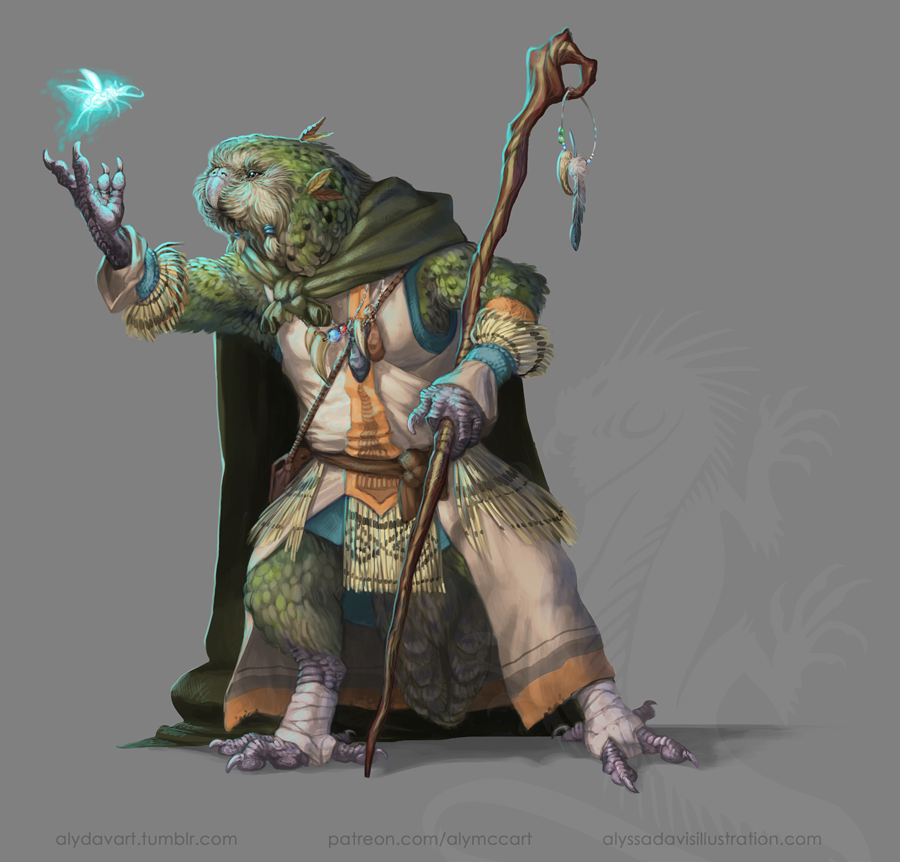
by Alyssa Davis

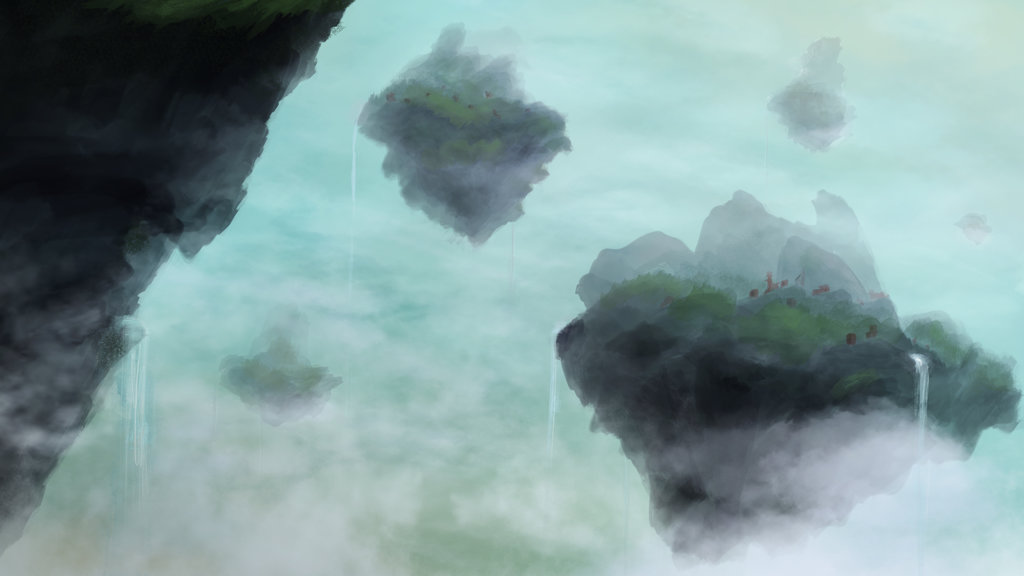
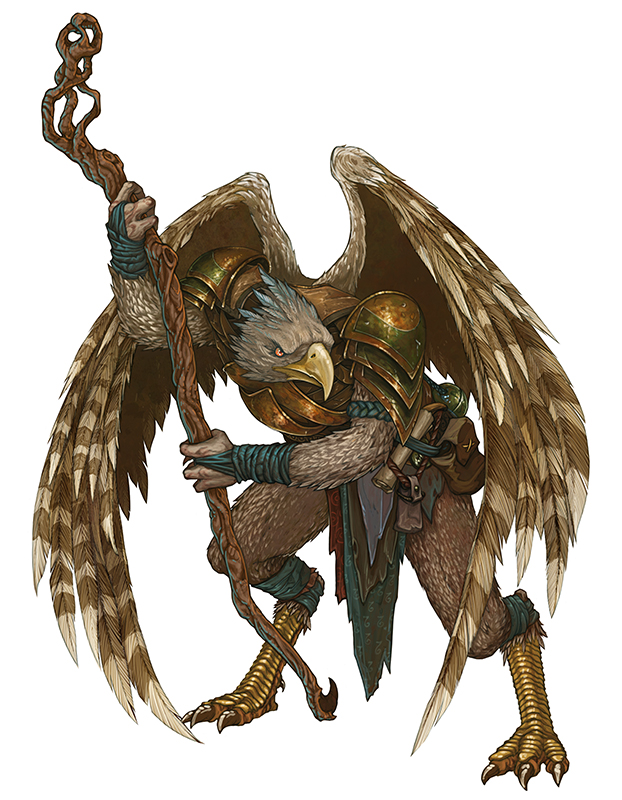
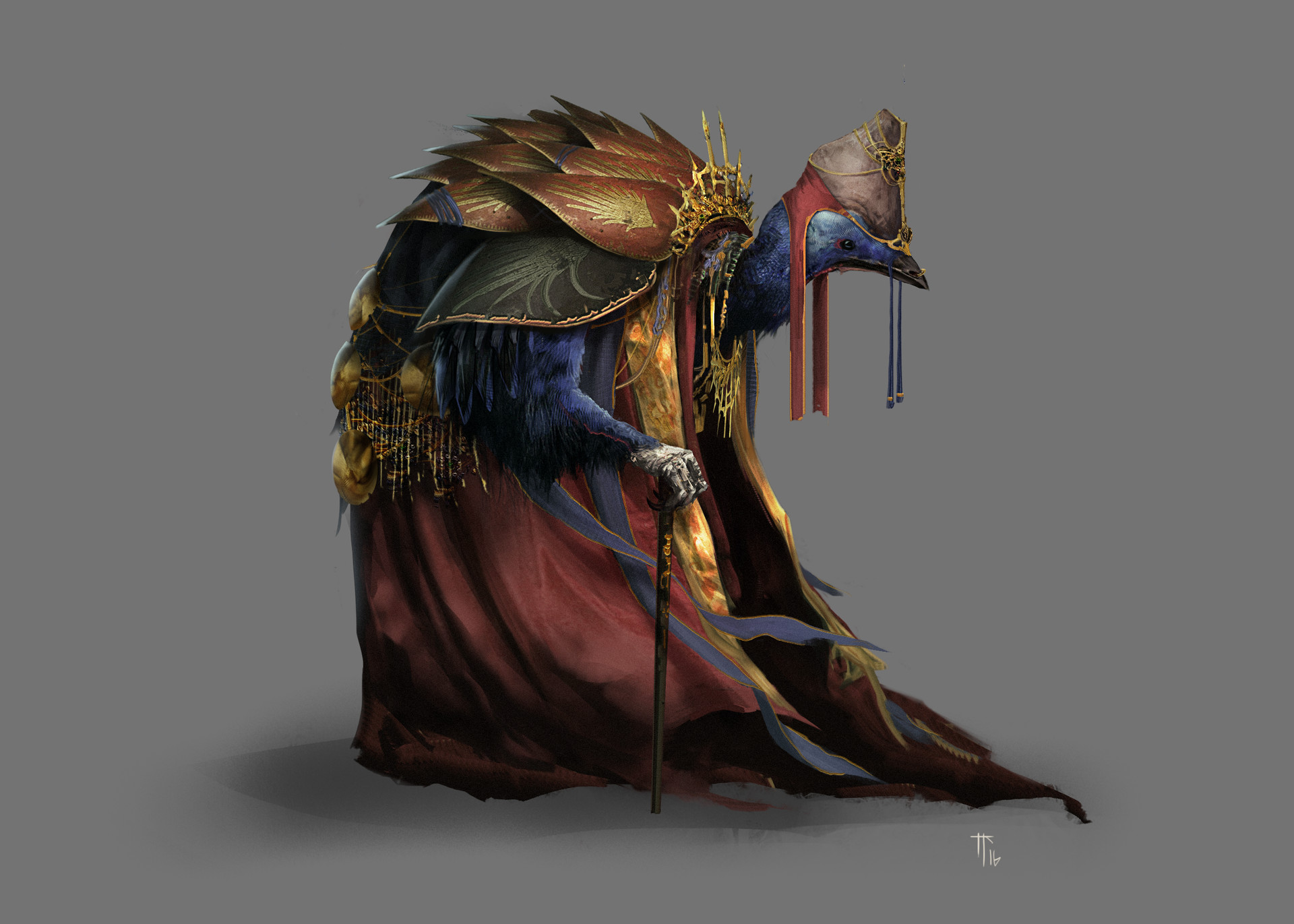
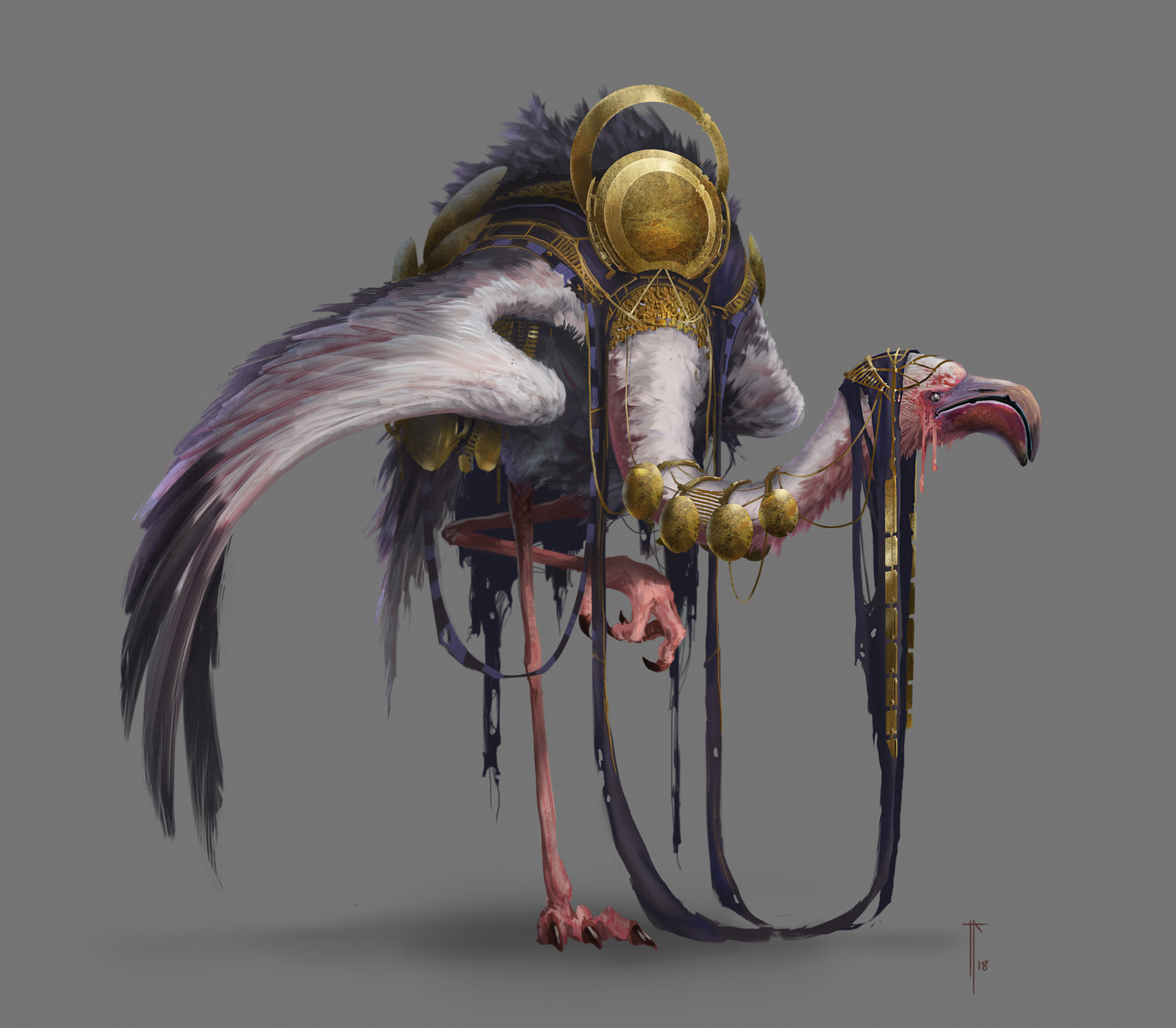
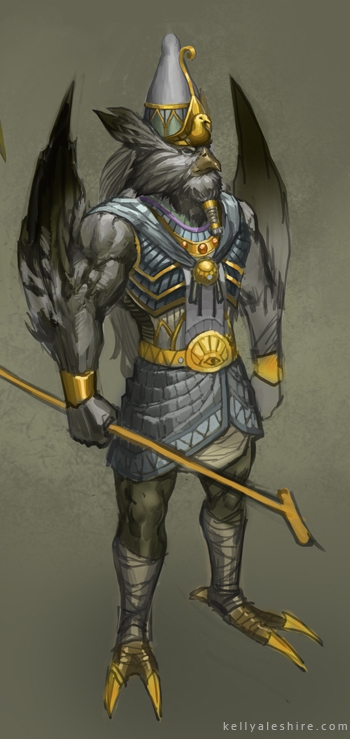



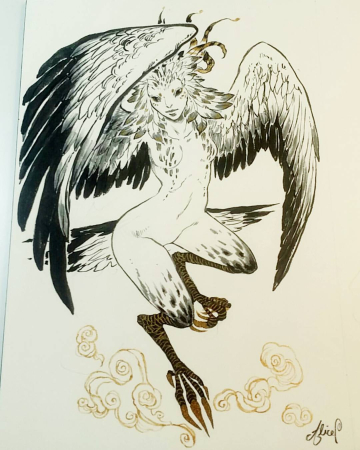
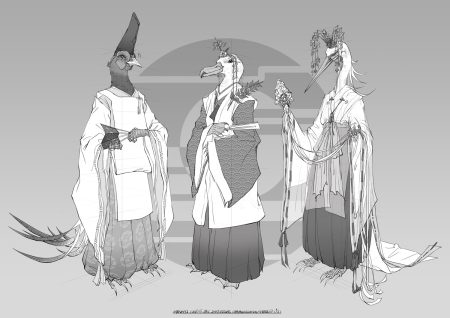
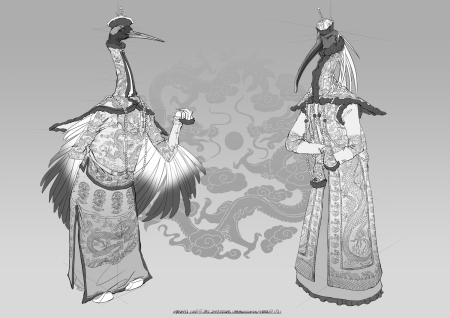

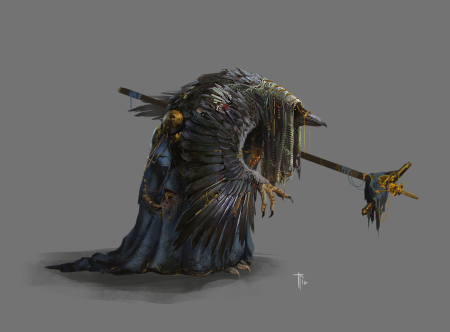
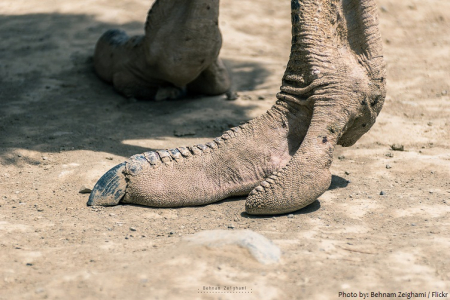
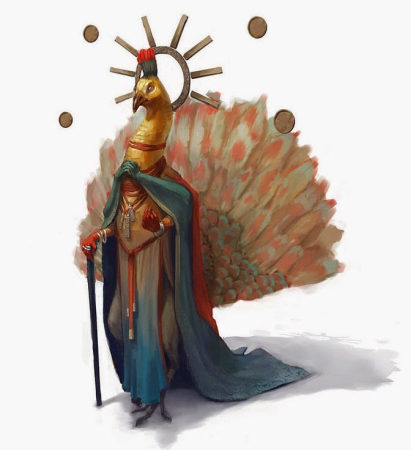
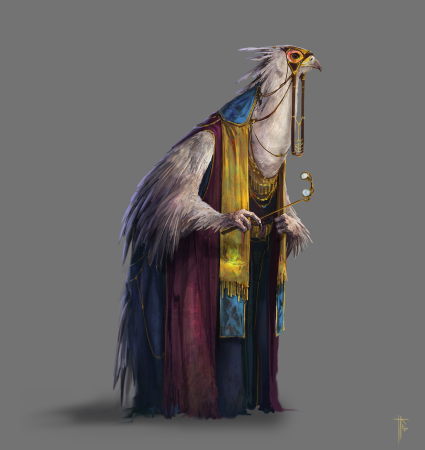

Comments